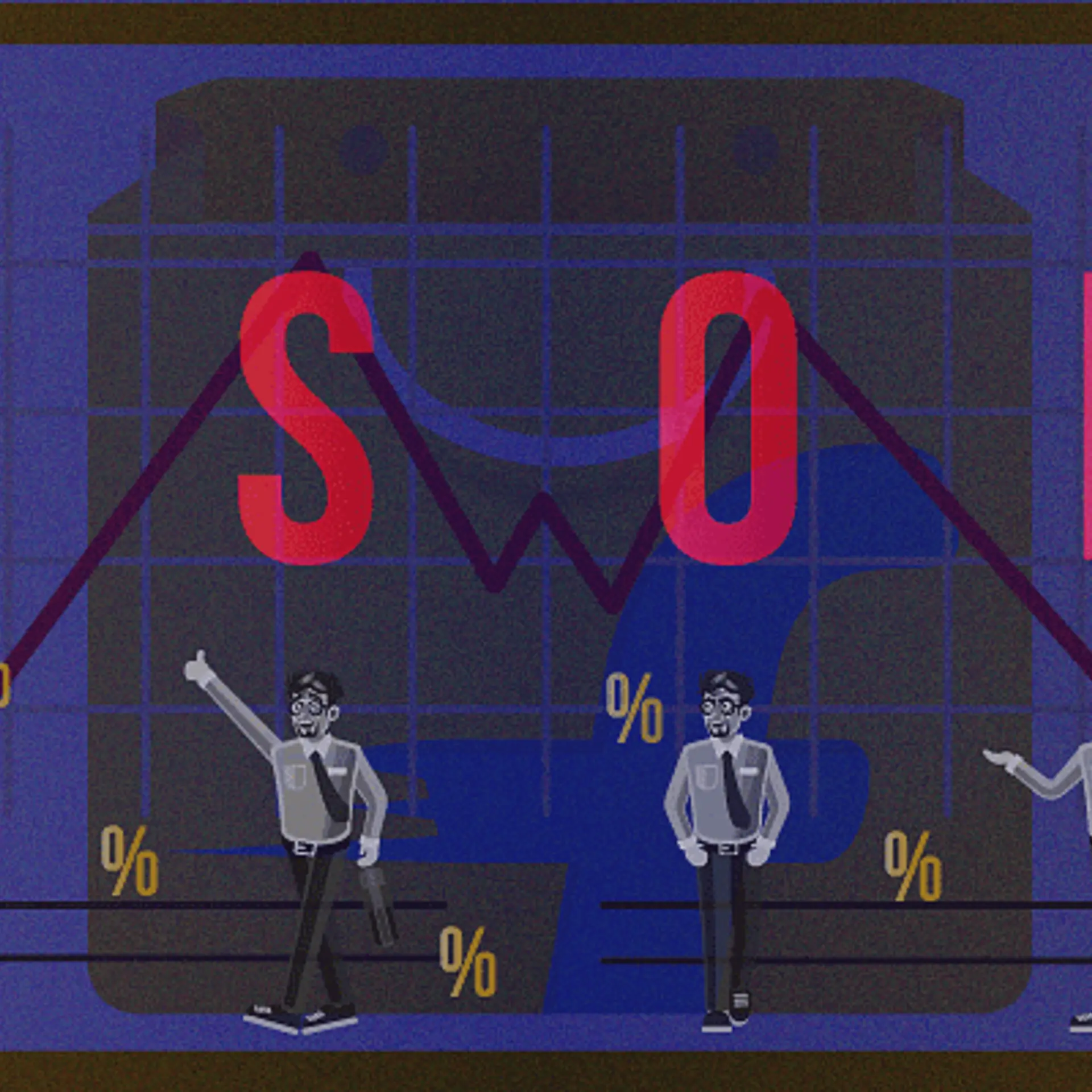
JioGenNext
View Brand PublisherDigital farming assistant BharatAgri is providing farmers insightful data to improve their yields
With a simple technology solution platform for farmers, the startup is helping in improving productivity and the value chain of agriculture in India.
Agriculture is the primary source of livelihood for about 58 percent of India’s population, according to the Indian Agriculture and Allied Industries Report 2019 . However, the sector continues to battle problems like inefficient farming practices, traditional mindsets, overuse of pesticides, among others.
Technology can change the game for Indian farmers. But adoption of technology solutions is a key bottleneck. This is where technology solutions that are simple and compatible with the farming practices become the key.

Given this context, BharatAgri has built a simple technology solution platform for farmers that aims to not only improve their productivity, but also improve the value chain of agriculture in India.
“You can consider it as a smart farming advisory. Using daily step-by-step instructions for farmers, we make sure that they get personalised advisory and insights about the soil, water, and weather conditions in their farmlands,” says Sai Gole of .
Stepping into the field to understand agricultural challenges
When Sai Gole and Siddharth Dialani started BharatAgri in 2017 after quitting their jobs, they shifted to a village in Pune and worked on a farm for more than a year . They lived with farmers to get a feel of the impediments they regularly faced and brainstormed on ways they could use their IIT background to build solutions for these farmers. “We consider this as a unique foundation, since not a lot of people get on the ground while building solutions for their customers,” says Siddharth.
BharatAgri was bootstrapped for two years and was focussed on acquiring the initial set of farmers who would use their technology. This was when they realised that going the B2B model would help them out. They worked with industries who worked with farmers, and were able to onboard nearly 3,000 farmers on their platform. In 2019, they shifted to the Business to Farmer (B2F) model.
Using technology to revolutionise agriculture
Twenty years ago, it was just the government that was trying to provide agronomy services to farmers. Today, there are multiple startups providing generalised free solutions. But this data was of little use to farmers as they do not know how it affected their farms, and the actions to take based on the data.
BharatAgri is among the top startups in India today that provides smart farming practices and actionable insights to farmers based on changing conditions. While growing any crop, the startup’s algorithm takes more than 30 variables that affect the growth of the crop to provide personalised services. According to the founders, this is what brings users back to their app to renew their services. Using the app, farmers generally witness more than a 60 percent increase in their productivity and more than 20 percent reduction in the cost of production.
The founders believe that competition is a good thing in a country like India where there are more than 140 million farmers.
“We need 10 times the number of agritech startups that we currently have. It is good if more startups participate and help us educate farmers to move from traditional practices to adopt the latest technologies available,” says Siddharth.
Technology penetration among non-tech-savvy farmers
When the duo began their operations in 2017, they were aware of the challenges that lay ahead. For farmers, internet data was costly, their use of digital technology was limited, and a mobile application might not be perceived positively by users. Their major communication channels were SMS and Interactive Voice Response (IVR) calls. Since then, users have more readily taken to smartphones and using the internet. The team at BharatAgri tried to create a mobile application compatible with farmers by understanding their needs. In order to reduce the barriers to communication, they made sure farmers can reach the team through their preferred channels to get the right farming advisories WhatsApp for business is helping them do so as farmers are getting one-on-one chat/call/video service with BharatAgri agri-experts for all of their farming-related issues.
“We made sure that while designing the mobile application, we used technology that is not very high-tech, so that even the newest Android or internet user could use it easily. We make sure our communication is continuously growing and adapting to their comfort zone,” says Sai.
The team also started offline services in areas where the penetration of technology is at a minimum,. These services are provided by offline channel partners in rural localities who are onboarding farmers directly for them.
Farmers are not only ready to download the app, but also to pay for the service as BharatAgri solves their major pain points. “We talk to them about their major problems and how we can provide a solution. Technology is an enabler of communication,” said Sai.
The product development roadmap and monetisation model
BharatAgri solves problems on two ends of the spectrum. For farmers, they are building a technology that boosts productivity and income. At the same time, there are industries like banks, farm-to-market companies, seed manufacturers etc, who are directly trying to do businesses with the farmers, but face an acute shortage of data. BharatAgri connects these industries to verified smart farmers, helps with their business, and reduce inefficiencies. This collaboration between different stakeholders in the value chain in agriculture is creating a healthy model for product growth. Farmers are approaching local dealers and distributors to get BharatAgri service, and they are onboarding farmers on the BharatAgri platform.
“Even though we are purely a B2F company today where farmers are paying a subscription fee to be a part of the platform. Going forward, we are going to use this as an opportunity to build deep partnerships with large companies in the supply chain,” says Siddharth.
The JioGenNext connection
BharatAgri was part of the 2018 cohort of the JioGenNext programme.
“Up until that time, we had been focused on building a technology platform. We knew if the product wasn’t robust or didn’t serve the challenges that farmers faced on ground, we couldn’t stand out. And, we got into JioGenNext at the right time, because by then we had a product at hand and had just got started on actioning our B2B marketing strategies,” says Sai.
When they got into the JioGenNext programme, they had 500 users. “We were reaching out to businesses who were directly working with farmers. By showing how the farmers would derive benefits, we worked along with the business to onboard the users.”
But at the JioGenNext programme, they realised how B2B marketing strategy was in fact limiting their growth.
“The industry experts from Reliance, Mahindra and Jio helped us define our vision and strategy. They showed us how the technology had a strong value proposition for B2C use cases and how a B2C strategy will open up a large market to reach out and thereby making the business less vulnerable to market volatility,” adds Sai.
Armed with these insights, the startup then began focusing and channelising efforts to reach out to B2C target audiences. That effort helped the startup onboard 130,000 users in about 12 months.
Soon after graduating from the JioGenNext programme, Bharat Agri successfully raised their seed funding.
“One of the instrumental factors that helped to win investor confidence was our strong technology platform that had the potential to onboard 140 million users in India alone. In other words, the B2C marketing strategy was a decisive factor,” said Sai, adding that had they carried out their pitch based on the B2B marketing strategy, the size of possible user base would have crunched to just about 1/10th i.e about 14 million end-users.
A harvest of returns and the road ahead
What started off as a 16-member team with 500 users, is today a 70+ member team with 130,000 farmers across Maharashtra. Their revenues have grown 3x with paid users, and the number of users has grown 70x.
BharatAgri has already been awarded two Maharashtra Government and World Bank projects to serve more than a 1000 farmers in the state for the next five years.
“This is a good opportunity for us and validation by the government that our solution works for farmers. Bigger opportunities would come when our services are directly coupled with schemes or projects by the central government, or even bigger players who are working with millions of farmers. That’s when BharatAgri services will be able to reach out to many more farmers in the country,” says Siddharth.
Currently, BharatAgri is working out of three districts in Maharashtra and plans to expand to ten districts this year to reach out to more than a million farmers.
The founders said that although the journey has been challenging, they have been fortunate enough to be surrounded by the right mentors and advisors.
“It’s a long-term game and we need to work hard for the next 10 years to achieve the goal that we have in mind. You don’t get instant gratification with customers in agriculture, and we’re rightly prepared for that,” concluded Siddharth.







